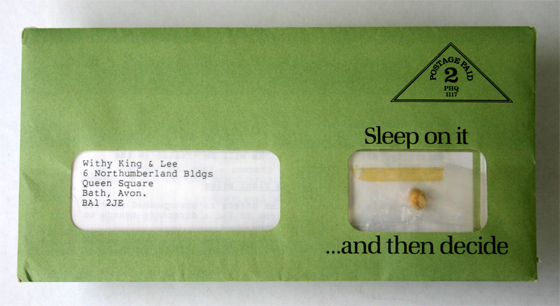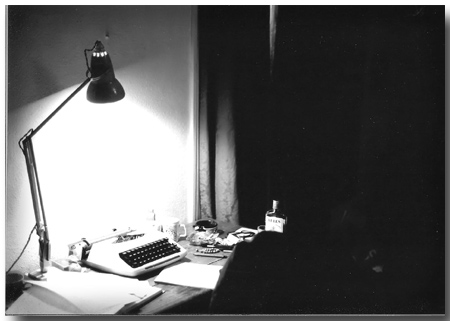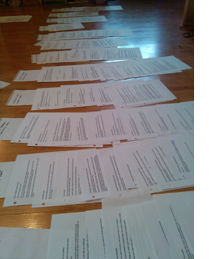Thirty years ago, when I first started out as a freelance copywriter, I networked by phone and by shaking hands at various industry events.
The most productive of those events were when I was collecting an award for some work I had done. There I was, being shown in my very best light, surrounded by my very best prospects.
All I had to do was keep doing good work and appearing at those functions.
There was no email. No Internet. No social media.
My marketing strategy was simply to keep doing good work.
Nobody even knew what I looked like, or even how young or old I was. I was known and judged by my reputation alone.
In the late 1990s I switched from print to online.
By the year 2000 I needed a website for my freelance, consulting and speaking business. After all, if you are on a stage, speaking to a group of 700 prospects in the audience, you need to give them a url.
The day I started speaking was the day I was no longer judged simply by my work. From that moment, other factors came into the mix – like what kind of speaker I was, what I looked like, whether I was amusing and likeable.
By about 2002 I had to update my website. The first version was beginning to look a little old. Websites are like that. The appearance of your website is a bit like fashion in clothes. If you are wearing last year’s collection, you don’t look cool any more.
It was probably back then that I added a photo to my About page.
And, of course, since 2003, my website has gone through some additional upgrades.
But in one sense I am horribly behind the times when it comes to how I market myself.
Marketing yourself as a freelancer or consultant seems to have become less and less about the quality of the work you do, and more and more about how you present yourself as a person.
The casual headshot has given way to the professional studio shot….or the professional “casual” shot.
And I dare say many of those studio shots have had a quick wash and rinse through Photoshop.
“About” pages are becoming less to do with a person’s qualifications, experience and results, and more to do with who they are as individuals. Less about the results achieved for clients – more about someone’s love for surfing or raising puppies.
It’s like we are no longer promoting ourselves as industry professionals, but have turned to promoting ourselves as industry celebrities.
The rise of social media has simply accelerated this trend. Less about performance, and more about the cult of the personality.
If you are under 40 and good looking, so much the better.
You think I’m kidding? I’m not. A while ago I had a conversation with a publicist who specializes in getting book authors on TV shows. I asked her whether a good looking author was more likely to get invited to talk about his or her book. She said, “Absolutely, that’s about 90% of it.”
Scary. Never mind the quality of the book, let’s see if the author is cute.
Can it be that this is how we are going to have to promote ourselves as freelance professionals?
What’s next? A little Botox before taking that $5,000 “casual” photo to stamp all over your homepage?
Count me out.
If I’m lucky, the tides will turn one day, and clients will say, “Hang on, we don’t need a cute freelancer who enjoys surfing, we want a grumpy old professional who can deliver results!”





